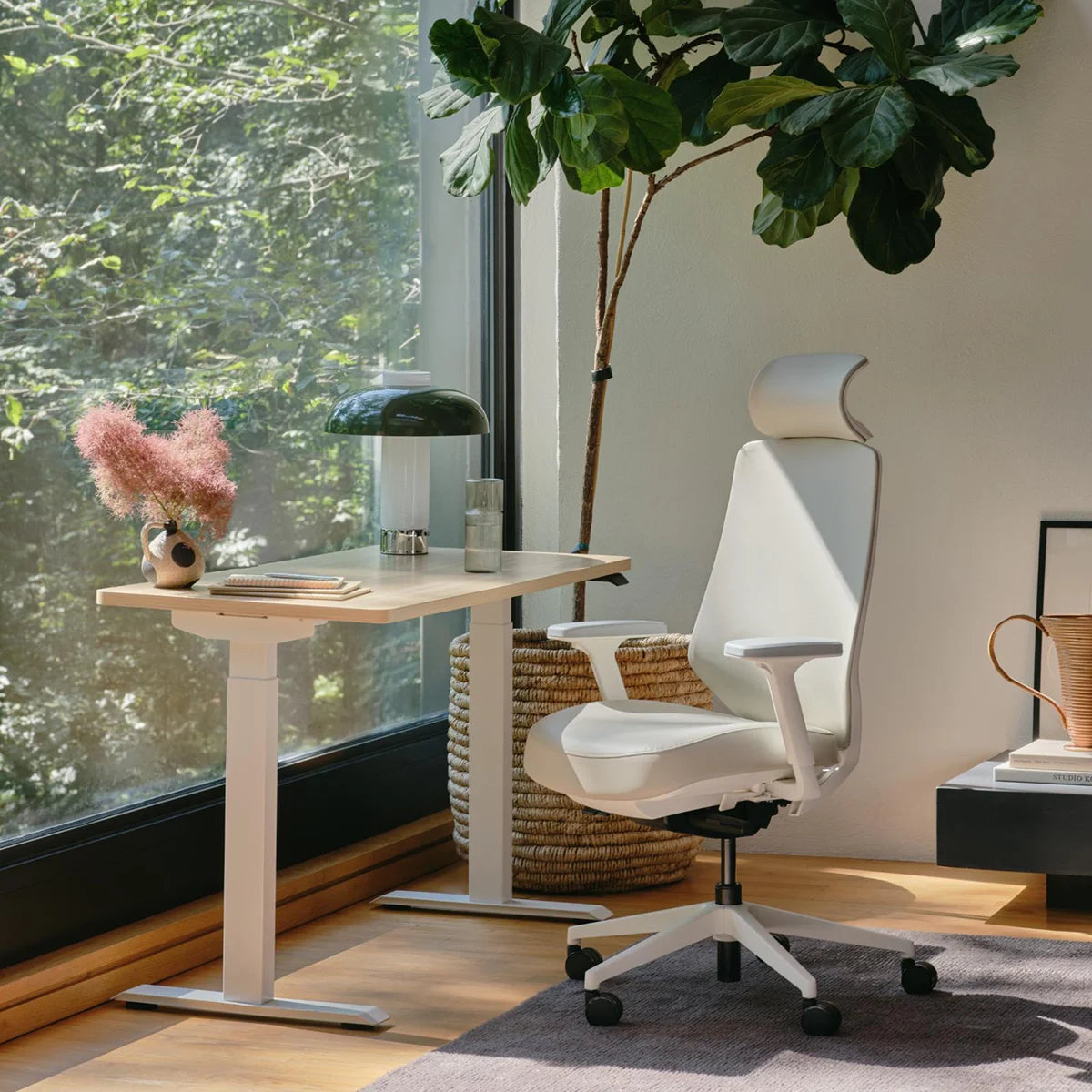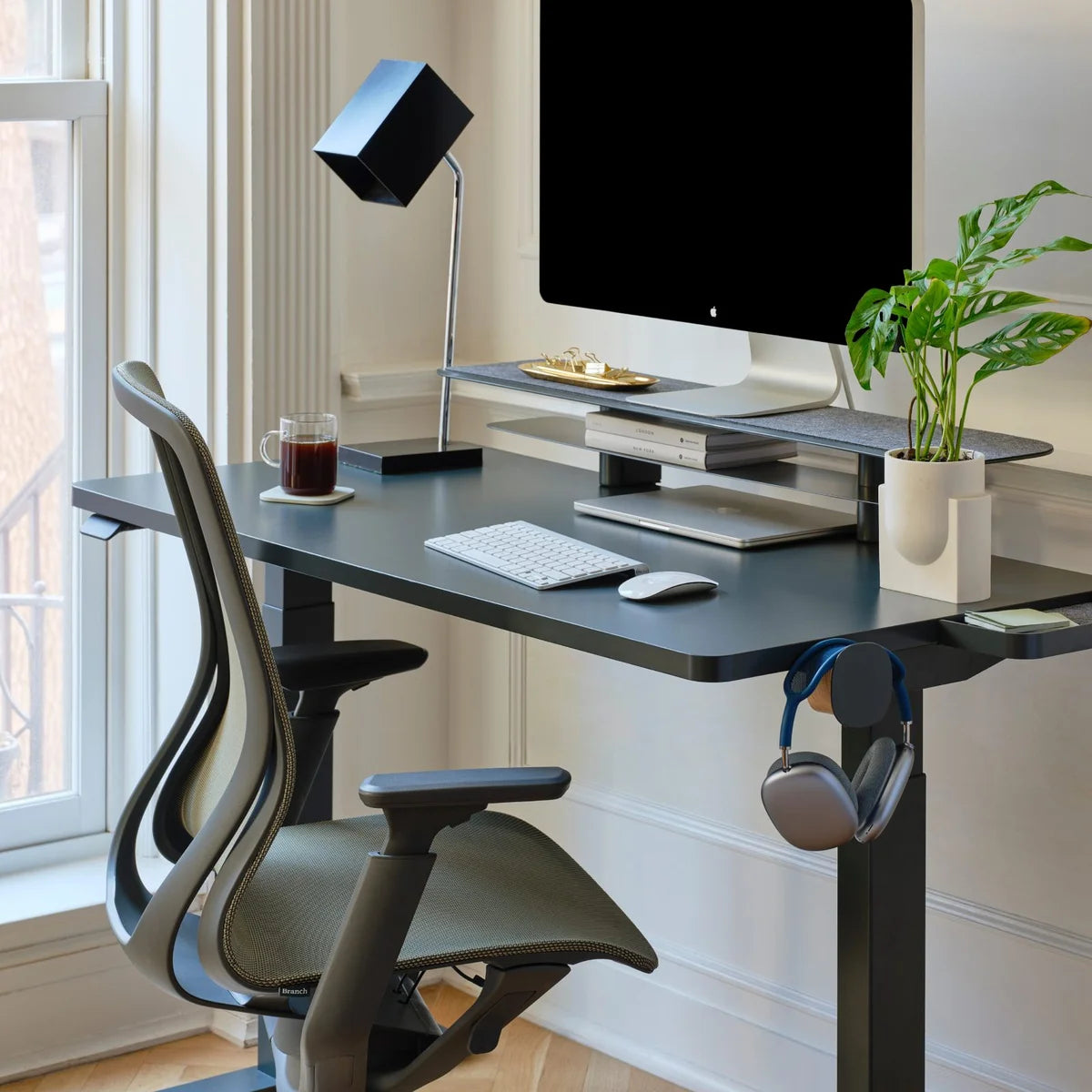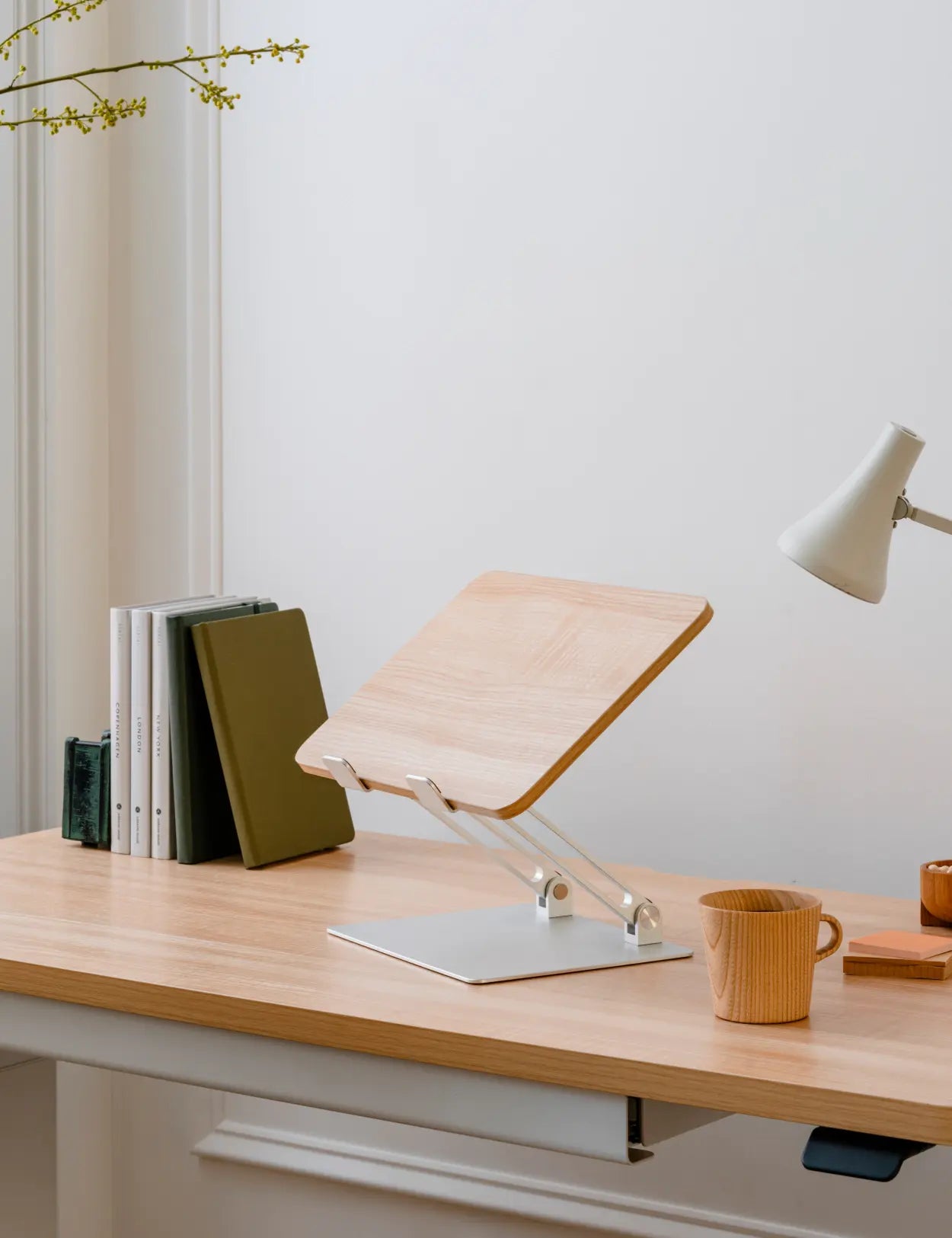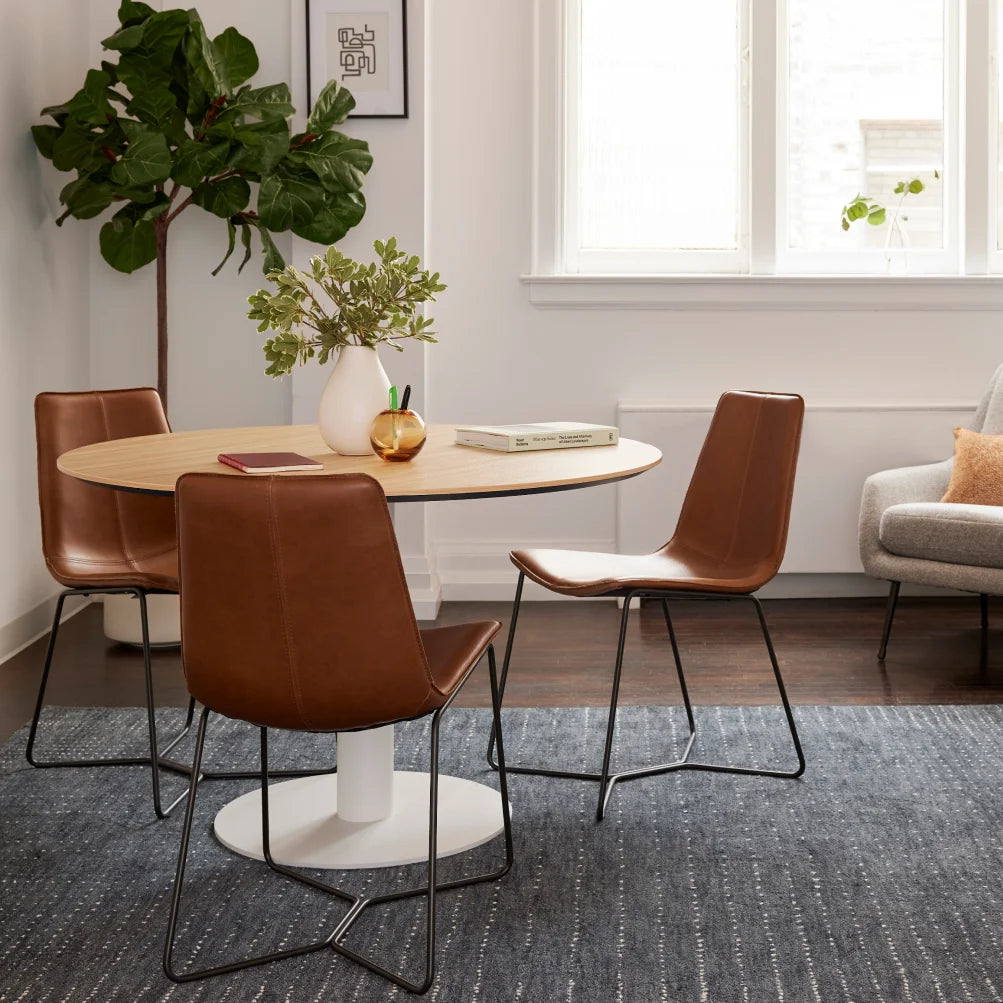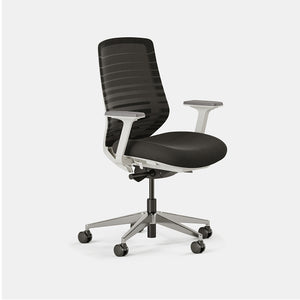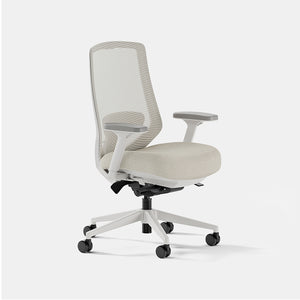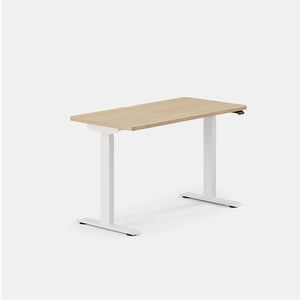Regardless of the work you're doing, it's important to create an environment that keeps you focused and productive. Follow these simple tips from the famous Japanese life organizer, Marie Kondo, to keep your workplace and work life organized.
A de-cluttered workspace increases productivity
Apply KonMari concepts to your virtual world
Optimize your work environment
The importance of ritual
- Signaling the start of your day to get you in the right working mood;
- Taking breaks, and recognizing the difference between urgent vs. important tasks;
- Channeling gratitude, especially to your colleagues, by taking some time to simply catch up with your team on things that aren't work-related.
On new furniture, exclusive sales and more.





